The Great War Centenary
1917 - ExhibitionBoomtown - From
Front Line to White Lund
The Quartermaster and Supplies
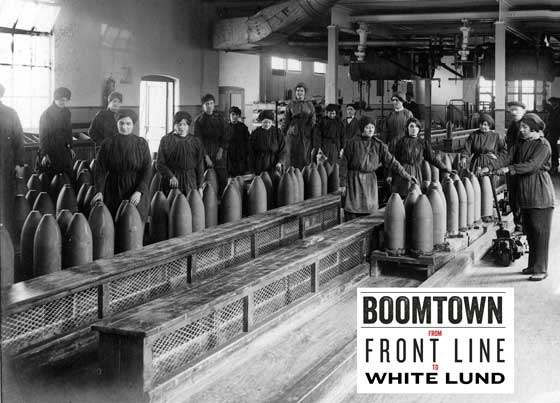
The success of the King’s Own infantry soldier in battle relied on a
whole cast of supporting players.
Keeping the front line soldiers fed and watered and supplied with
equipment and ammunition started with his own Company Quartermaster
Sergeant who would obtain all his necessities from battalion level with
the Regimental Quartermaster Sergeant and the Quartermaster managing
everything at battalion headquarters.
The Quartermaster, a commissioned officer, would manage everything which
the battalion required and would work with the supplies sections at both
brigade and division in order to ensure everything that was required was
obtained.
All of this required much paperwork and all things issued and received
would be accounted for – so there was a strict record of all that went
to the soldiers. Each day the Quartermaster would have to submit a
record of the number of soldiers which he fed – and this daily ration
roll was one of the key things to ensure that the accounts balanced.
The supply chain well above the battalion level left the theatre of
operation, whether that be the Western Front, Salonika, Mesopotamia or
elsewhere, and got back to Britain and often much further a field.
Without the preservation of food in tins, and the ability to transport
vast quantities of tinned beef from South America, there would have been
little chance of feeding the armies in the field, and the war would have
been over within a few months. It was not just the men who needed
feeding, the army relied upon tens of thousands of horses for transport,
and each needed feeding.
Local traders in Lancaster and Morecambe, also assisted the Regiment, we
know from the record books of the Quartermaster of the 1st/5th
Battalion, Captain Albert Hodgkinson, that he used many local traders
for a range of supplies from tinned foods and cigarettes to cloth
patches for uniform badges.
The supply system was supported by an efficient postal service and
“Military Forwarding Office” who would ensure parcels and packages of
all descriptions made it safely to their destinations.
Any losses in supplies was a serious matter. If ten tins of corned beef
were damaged in a consignment of 144, the Quartermaster did not have
sufficient food for all of his men. If a supply dump caught fire through
carelessness or even enemy action, tons of valuable supplies could be
lost.
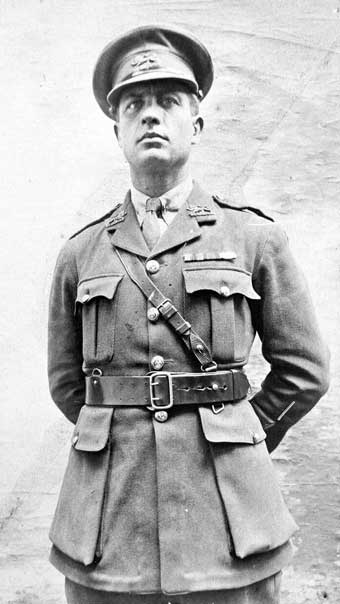
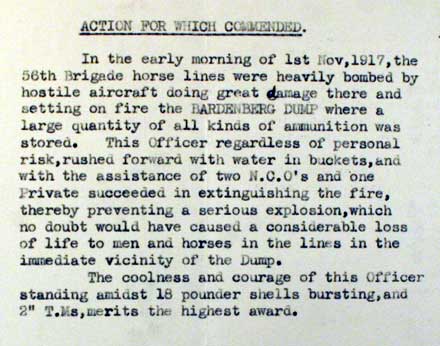
2nd Lieutenant Arthur Carter was awarded the Military Cross for his part
in extinguishing a fire at an ammunition dump in November 1917.
Accession Number: KO2520/16 and KO2520/19
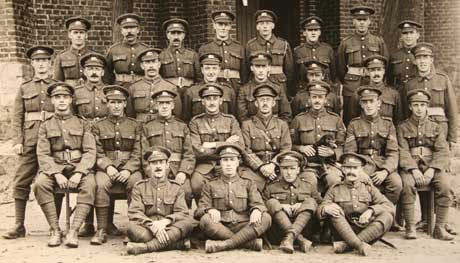
The Quartermaster, Captain Albert Hodgkinson, and his staff of the
1st/5th Battalion, King’s Own.
Accession Number: KO2106/30
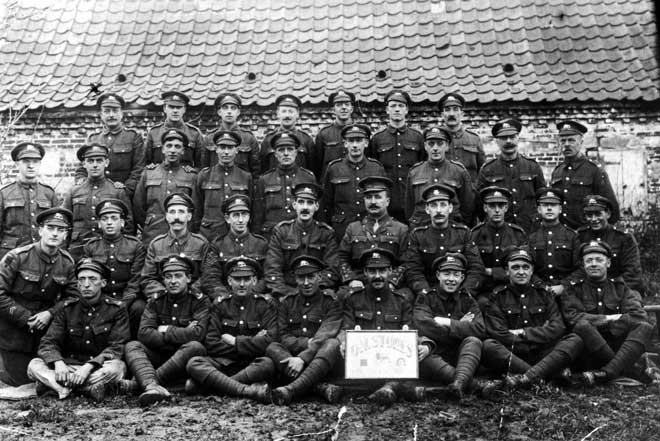
The Quartermaster and his staff of the 2nd/5th Battalion, King’s Own.
Accession Number: KO3045/01
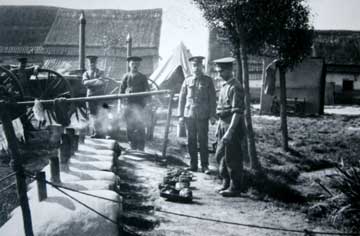
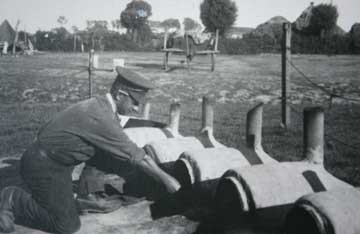
Cooking was an important job of the Quartermaster’s staff.
Accession Number: KO0784/077 and KO0784/079
© Images are copyright, Trustees of the King's Own Royal Regiment Museum.
You must seek permission prior to
publication of any of our images.
Only a proportion of our collections
are on display at anyone time. Certain items are on loan for display
in other institutions. An appointment is required to consult any of
our collections which are held in store.








